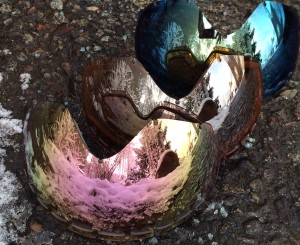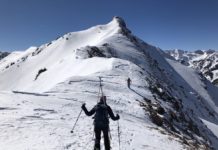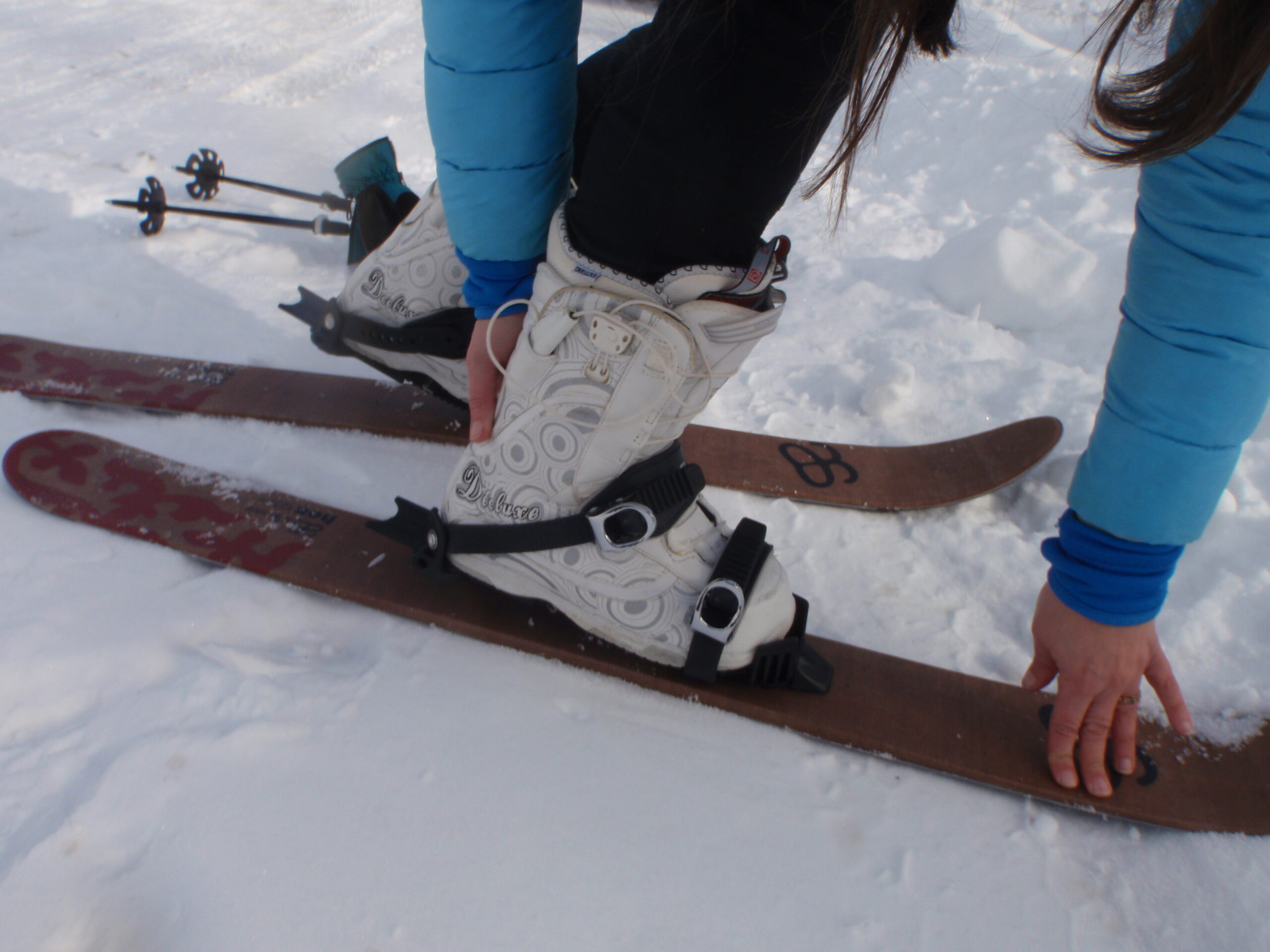My goggle lens choice has always been the most crucial element of my winter kit.
If you are in the market, there is full spectrum of choices—from $65 basics to $500+ with built-in GPS. I will leave the discussion of frames and styles for another time, and focus just on lens options. I often compare goggle options to selecting a lens for my camera. With my camera is I am weighing the light, the conditions, the subject, the action, my film speed and depth of field—all to figure out lens will capture it best. With goggles I have to consider: weather, light, and terrain, but the dilemma is finding what is right for the most possible conditions. There is nothing worse than not seeing those bumps until you are flying off one.

Here is a rundown of some of the key elements to help you understand what you are looking at, or through.
http://busingers.ca/concerts/a-bu-singers-christmas The Breakdown
There are two lens shapes, spherical and flat. Spherical is curved across and top to bottom. Making it shaped more like your eye, mimicking your natural field of vision. This provides better peripheral vision, less distortion and less glare. An added benefit to a spherical lens is that is allows for more space between your face and the cold outside, which means better insulation and air flow, and less fogging.
Not unlike the f-stop on a camera you have to judge how much light you want to let in. On overcast days you want to let in more light, and bright sunny days you want to let in less light. Typical colors for low light lenses are yellow, rose, and blue which allow more Visible Light Transmission (VLTs) through the lens. Generally darker shades like black, grey, and gold, cut the light out before it reaches your eye, which is great on sunny, blue-bird days.
So as you look at the rainbow of options, you want something that can accommodate these situations. Some goggles have photochromic lenses which adjust to different light conditions. Other goggles provide interchangeable lenses so you can swap out different colored lenses for changing conditions. And another add-on is polarization, which will lower glare, and give you increased contrast.
Hamada Techy Goggle Picks
My pick, however, is the all-in-one Emerald Iridium from Oakley. It is considered a medium to bright light goggle. But I find that it is perfectly balances for all conditions. Oakley defines it as “a contrast-enhancing VR50® lens tint with a unique Iridium® coating to further tune contrast and reduce glare.”
It meets my main criteria. The spherical lens provides good optical clarity, less glare in the peripheral vision. It is mirrored for those summer days, but the Iridium provides killer contrast not matter what the clouds are like. And the large frames offer an equally large field of vision. It is my all-in-one.
No matter the weather conditions everyone’s eyes have a different sensitivity to light. Personally, I my eyes are very sensitive, causing lighter lenses to make me squint. So make sure your test the goggles out, and have a look around outside before deciding what is best for you.










